Why Ornamental Cast Iron Never Goes Out of Style
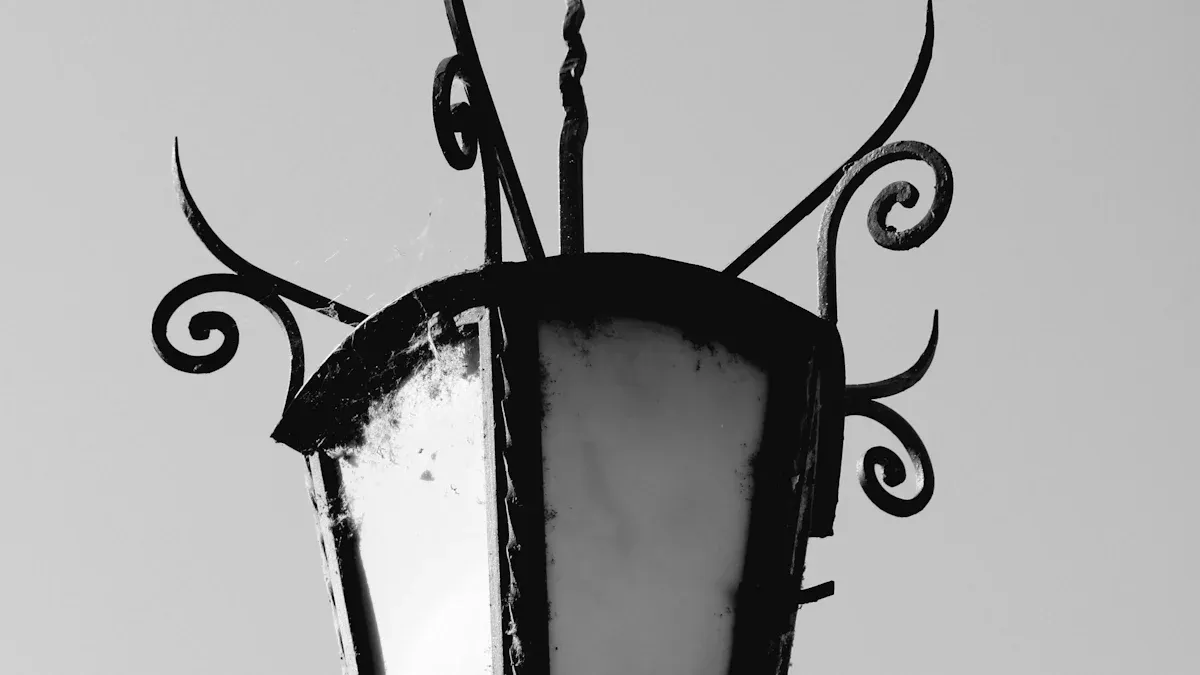
Have you ever noticed how some design elements never seem to lose their charm? Ornamental cast iron is one of those rare materials. Its intricate patterns and sturdy build make it a favorite for everything from historic landmarks to sleek, modern spaces. Over the centuries, it has transformed beautifully. In medieval Europe, it adorned castles and churches with artistic flair. The Victorian era brought mass production, making its elegance more accessible. Today, advanced techniques like laser cutting let you enjoy both precision and creativity. Whether traditional or modern, it always fits right in.
Key Takeaways
- Ornamental cast iron is both pretty and useful. It works well for old and new designs.
- This material is strong and lasts long. It handles bad weather and needs little care, saving time and money.
- Ornamental cast iron can be used in many ways. It’s great for gates, railings, and furniture, making spaces look better inside and outside.
- It is good for the environment because it can be reused. It lasts a long time, cutting down on waste.
- You can customize it to make special designs. It mixes old-fashioned style with modern looks.
The Timeless Beauty of Ornamental Cast Iron

Intricate Designs That Endure
Have you ever stopped to admire the intricate patterns on a wrought iron gate or railing? These designs aren’t just beautiful—they tell a story. Ornamental cast iron has a way of blending art and function like no other material. Classic designs often draw inspiration from historical styles, featuring delicate scrolls, floral motifs, and geometric patterns. They bring a sense of elegance and charm that feels timeless.
Modern techniques, like laser cutting and welding, have taken these designs to the next level. You can now enjoy the same level of craftsmanship with even more precision. Whether you prefer the ornate details of the past or the clean lines of contemporary styles, ornamental cast iron offers something for everyone. It’s a perfect example of how tradition and innovation can work hand in hand.
A Perfect Blend of Tradition and Modernity
Ornamental cast iron has evolved over centuries, yet it never loses its appeal. In medieval times, it adorned castles and churches with artistic flair. The Victorian era made it more accessible, introducing intricate designs to homes and public spaces. Today, it continues to shine in both traditional and modern settings.
Modern adaptations have introduced new materials and techniques, like steel and laser cutting, which allow for sleeker, more minimalist designs. This evolution means you can enjoy the old-world charm of cast iron while embracing modern aesthetics. Whether it’s a decorative gate or a contemporary staircase railing, ornamental cast iron bridges the gap between the past and the present beautifully.
Enhancing Both Exterior and Interior Spaces
One of the best things about ornamental cast iron is its versatility. It works just as well inside your home as it does outside. For interiors, you’ll often see it in staircases, balcony railings, or even as decorative panels. These elements add a touch of sophistication to any space.
Outside, ornamental cast iron truly shines. Picture a grand entrance with an intricately designed gate or a garden surrounded by decorative fencing. You might also notice it in porch railings, window guards, or even sunroom accents. Its ability to enhance both exterior and interior spaces makes it a favorite among designers and homeowners alike.
Practical Benefits of Ornamental Cast Iron
Exceptional Durability in All Conditions
When it comes to durability, ornamental cast iron stands in a league of its own. This material can withstand harsh weather, from scorching heat to freezing cold, without losing its charm. Its resistance to rust and corrosion makes it a reliable choice for outdoor installations like gates, fences, and balconies. You don’t have to worry about it warping, cracking, or fading over time.
Take a look at some real-world examples. Cities like New Orleans and Louisville are home to historic cast iron structures that have stood the test of time. In New York City, the SoHo Cast Iron Historic District boasts 139 ironfronted buildings, many of which have been around for over a century. These examples prove that ornamental cast iron isn’t just beautiful—it’s built to last.
| Location | Description |
|---|---|
| Baltimore | Outstanding examples of ironfronts exist. |
| Galveston | Notable for its historical cast iron architecture. |
| Louisville | Home to many preserved cast iron structures. |
| Milwaukee | Features significant ornamental cast iron installations. |
| New Orleans | Known for its historic cast iron balconies and railings. |
| Philadelphia | Contains numerous examples of ornamental cast iron. |
| Richmond | Features historic buildings with cast iron elements. |
| Rochester (N.Y.) | Home to preserved cast iron architecture. |
| New York City | The SoHo Cast Iron Historic District has 139 ironfronted buildings. |
Low Maintenance with Long-Lasting Results
You’ll love how little effort ornamental cast iron requires to stay in great shape. Unlike other materials that need constant upkeep, cast iron only needs occasional cleaning and a protective coating to maintain its appearance. This low-maintenance quality saves you time and money in the long run.
For instance, the United States Botanic Garden in Washington, D.C., features the iconic Fountain of Light and Water. Created by Frederic Auguste Bartholdi, this cast-iron fountain has been a stunning centerpiece since 1877. Its longevity with minimal maintenance highlights why cast iron remains a practical choice for both homeowners and public spaces.
An Eco-Friendly and Sustainable Material Choice
If you’re looking for a sustainable option, ornamental cast iron checks all the boxes. It’s recyclable, which means old cast iron can be melted down and repurposed into new designs. This reduces waste and minimizes the environmental impact. Plus, its long lifespan means fewer replacements, making it an eco-friendly investment.
By choosing cast iron, you’re not just adding beauty to your space—you’re also making a responsible choice for the planet. Its sustainability ensures that you can enjoy its timeless appeal without compromising on environmental values.
Versatility in Applications of Ornamental Cast Iron
From Gates to Furniture: Endless Possibilities
Ornamental cast iron offers a world of design possibilities. You’ve probably seen it in gates, railings, or even furniture, where its intricate details instantly catch the eye. Gates, for example, often feature decorative panels or valances that add a touch of elegance to any entrance. Railings, whether for staircases or balconies, use ornamental panels to create a stunning visual impact.
Furniture also benefits from this material’s charm. Brackets and picket castings are common in tables, chairs, and shelving units, blending functionality with beauty. Its versatility doesn’t stop there. You’ll find it in fences, garden décor, and even light fixtures. The ability to combine aesthetic appeal with practical use makes ornamental cast iron a favorite for countless applications.
|
Application Type |
Description |
|---|---|
|
Gates |
Ornamental features became prominent in gates, reflecting the era’s love for embellishment. |
|
Railings |
Used in railings to enhance aesthetic appeal. |
|
Balconies |
Commonly featured in balcony designs for decorative purposes. |
Complementing Diverse Architectural Styles
Ornamental cast iron fits seamlessly into a variety of architectural styles. Its intricate patterns and historical motifs enhance Gothic and Victorian designs, adding elegance and character. If you prefer a modern look, it adapts beautifully with minimalist designs. Techniques like laser cutting and welding allow for sleek, contemporary creations while preserving the material’s timeless appeal.
Whether you’re restoring a historic property or designing a modern home, ornamental cast iron bridges the gap between old and new. It’s this adaptability that makes it a go-to choice for architects and designers.
-
Works well with Gothic and Victorian styles, showcasing intricate patterns.
-
Complements contemporary designs with clean, modern aesthetics.
-
Advanced techniques allow for greater precision and creativity.
Customization for Unique Design Needs
One of the best things about ornamental cast iron is its ability to cater to unique design needs. You can customize it to fit gates, doors, railings, or even furniture. Decorative panels and inserts come in various styles, from floral motifs to geometric patterns, ensuring a perfect match for your vision.
Take inspiration from places like New Orleans’ French Quarter, where multi-level porches feature light, lacy designs. In Savannah’s Historic District, cast iron enhances stair and balcony railings. Even in Australia, verandas showcase flowing patterns inspired by local fauna. These examples highlight how customization can bring your ideas to life while preserving the material’s timeless charm.
| Location | Description |
|---|---|
| New Orleans' French Quarter | Features light, lacy multi-level porches (galleries) on over 400 buildings from the 1850s to 1880s. |
| Savannah's Historic District | Similar porches found, primarily used for stair, porch, and balcony railings. |
| Australia | Verandas with 'cast-iron lace' became standard, featuring flowing patterns and local fauna. |
Cultural and Historical Importance of Ornamental Cast Iron
A Legacy of Craftsmanship and Artistry
Ornamental cast iron isn’t just a material—it’s a testament to human creativity and skill. You can see this legacy in places like the French Quarter in New Orleans, where Spanish and French masters forged intricate designs that still captivate today. The gateway of Cabildo stands as a stunning example of Spanish craftsmanship. In the early 20th century, Edgar Brandt revolutionized ironwork with designs resembling beaten silver, showcased at the 1925 Arts Decoratifs Modernes exhibition in Paris. Samuel Yellin, another master craftsman, left his mark on iconic institutions like the Washington Cathedral and Harvard University, training over 200 iron smiths in the process.
Even entire cities reflect this artistry. Baltimore, New Orleans, and New York City boast remarkable examples of ornamental cast iron. The SoHo Cast Iron Historic District alone features 139 ironfronted buildings, each a masterpiece of design and durability. Public buildings like the Peabody Library and the Old Executive Office Building also highlight the unmatched artistry of this material.
Preserving Historical and Architectural Heritage
Ornamental cast iron plays a vital role in preserving history. Cities like New York, Baltimore, and Philadelphia protect their cast iron structures through strict preservation guidelines. These rules ensure that buildings like those in the SoHo Cast Iron Historic District maintain their historical integrity. Structures like the Bradbury Building in Los Angeles and the Peabody Library in Baltimore showcase how cast iron enhances both beauty and functionality.
This material also shaped urban landscapes. Fences, fountains, and lampposts made from cast iron added elegance to public spaces. Its cost-effectiveness and ability to mimic classical styles made it a favorite during the Victorian era. Today, these features remain cherished symbols of the past.
A Symbol of Elegance Across Eras
Ornamental cast iron has always been a symbol of sophistication. Its journey began in Medieval Europe, where it adorned castles and churches. The Victorian era embraced it for its intricate designs, which became more accessible thanks to industrial advancements. Modern techniques like laser cutting have kept it relevant, blending traditional charm with contemporary aesthetics.
Cultural movements also shaped its evolution. The Arts and Crafts movement emphasized handcrafted quality, while Art Nouveau introduced flowing floral and fauna motifs. These influences ensured that ornamental cast iron remained timeless, adapting to changing tastes while preserving its elegance.
Whether you’re admiring a historic balcony or a modern gate, ornamental cast iron connects you to a rich legacy of artistry and innovation.
Ornamental Cast Iron in Contemporary Design
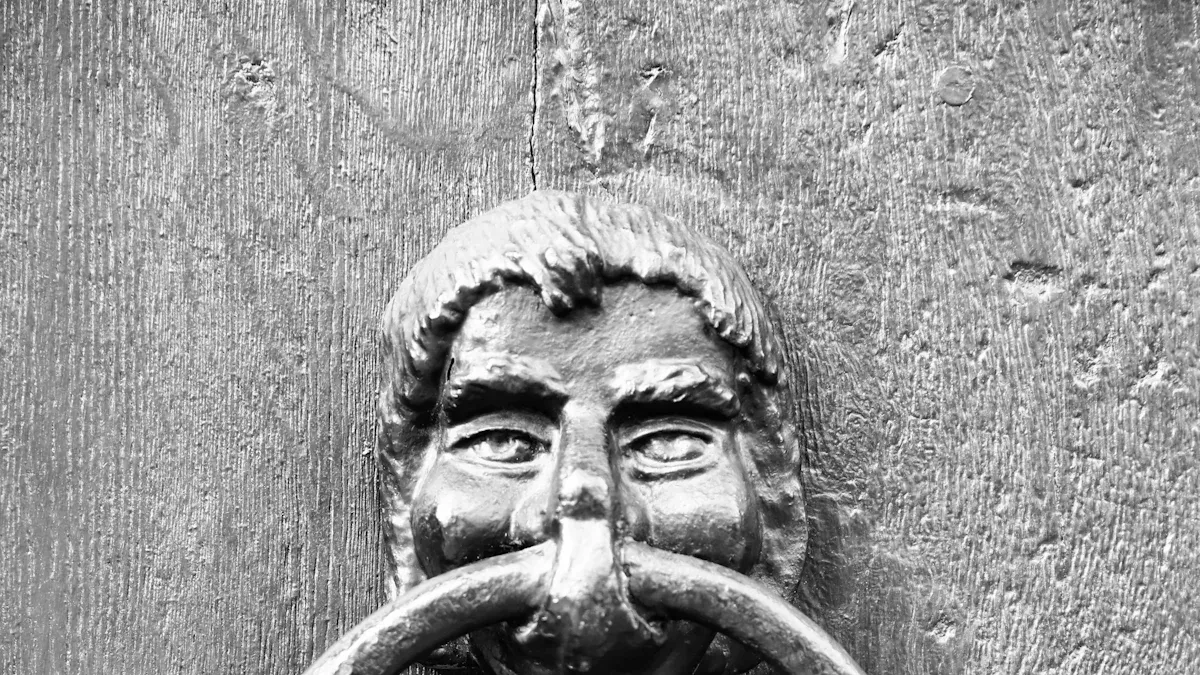
Adapting to Modern Trends
Ornamental cast iron has embraced modern trends while staying true to its timeless appeal. You’ll notice how it’s no longer limited to traditional gates and railings. Today, it’s making waves in furniture, art installations, and even public spaces. Techniques like welding and laser cutting have revolutionized its design possibilities. These methods allow for precise, intricate patterns that blend seamlessly into contemporary aesthetics.
Modern materials like steel are often paired with cast iron to create sleek, minimalist designs. This combination works beautifully in both residential and commercial architecture. Picture a modern office building with geometric cast iron panels or a chic café featuring custom-made iron furniture. These designs merge the classic charm of cast iron with the clean lines of modern styles, making it a favorite for architects and designers alike.
Blending Old-World Charm with Innovation
Ornamental cast iron is a master at balancing tradition with innovation. Classic designs often draw inspiration from historical styles like Victorian or Gothic, featuring intricate scrolls and floral motifs. These patterns add a touch of elegance to any space. On the other hand, modern designs focus on clean lines and abstract shapes, perfect for contemporary settings.
You can customize cast iron to fit your unique vision. Whether you want a traditional balcony railing or a modern art piece, cast iron adapts effortlessly. Its versatility bridges the gap between old-world charm and modern design, making it a timeless choice for any project.
Why It Remains a Design Favorite Today
Ornamental cast iron continues to captivate because it offers something for everyone. Its durability and low maintenance make it practical, while its aesthetic versatility ensures it fits any style. You’ll find it in historic districts like New Orleans’ French Quarter, where it enhances the charm of multi-level porches. At the same time, it’s a staple in modern architecture, with custom designs tailored to specific spaces.
The ability to combine beauty, functionality, and sustainability keeps ornamental cast iron at the forefront of design trends. Whether you’re restoring a historic property or creating a modern masterpiece, it’s a material that never goes out of style.
Ornamental cast iron continues to amaze with its timeless charm and unmatched durability. You’ll love how it adapts effortlessly to both classic and modern designs, making it a perfect choice for any project. Whether you’re restoring a historic property or adding flair to a contemporary space, this material delivers both beauty and practicality. Its rich history and versatility prove that true craftsmanship never goes out of style. So, why not let ornamental cast iron bring elegance and character to your next design?
Ornamental Cast Iron FAQs
What makes ornamental cast iron different from other materials?
Ornamental cast iron stands out because of its intricate designs, unmatched durability, and timeless appeal. It blends beauty with functionality, making it perfect for both traditional and modern spaces. Plus, it’s eco-friendly and requires minimal maintenance.
Can I use ornamental cast iron indoors?
Absolutely! You can use it for stair railings, decorative panels, or even furniture. Its versatility allows you to add elegance and character to any interior space. Whether it’s a modern or classic design, cast iron fits beautifully.
How do I maintain ornamental cast iron?
Maintaining cast iron is simple. Clean it occasionally with a damp cloth and apply a protective coating to prevent rust. This low-maintenance routine keeps it looking stunning for years without much effort.
Is ornamental cast iron customizable?
Yes, it’s highly customizable! You can choose from various patterns, styles, and finishes to match your design vision. Whether you want intricate floral motifs or sleek geometric shapes, cast iron adapts to your unique needs.
Why is ornamental cast iron considered sustainable?
Cast iron is recyclable, which means old pieces can be melted down and reused. Its long lifespan reduces the need for replacements, making it an eco-friendly choice. By choosing cast iron, you’re making a sustainable and stylish decision.
-
Plough Wheel Cast Iron Material Enhances Load-BearingΝέαNov.10,2025
-
Cast Iron Cooking Stove Heat Retention Ensures Even Food HeatingΝέαNov.10,2025
-
Rubber Strip Shock Absorption Protects Window EdgesΝέαNov.10,2025
-
Aluminum Profiles High Corrosion Resistance Suits Coastal AreasΝέαNov.10,2025
-
Window Handle Aluminum Material Ensures Lightweight DurabilityΝέαNov.10,2025
-
Sliding Roller Plastic Housing Fits Aluminum Sliding WindowsΝέαNov.10,2025
-
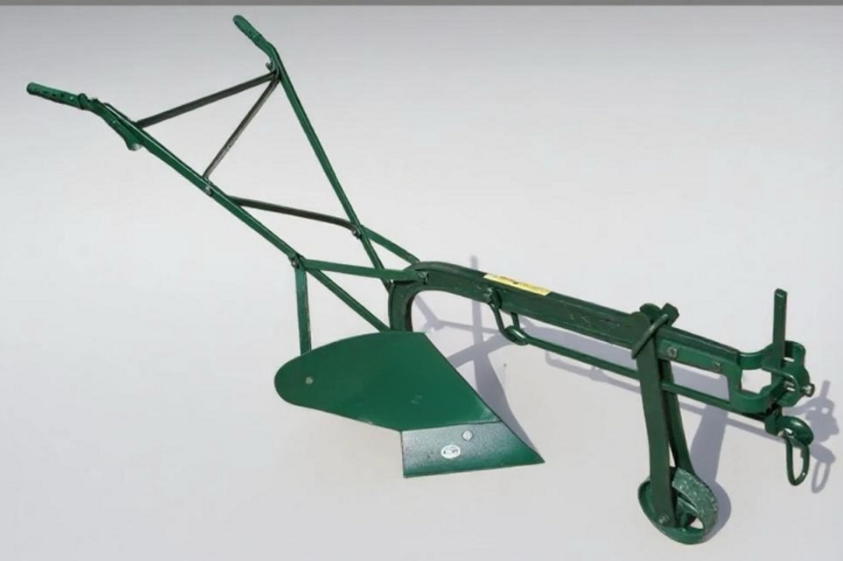 Plough Wheel Cast Iron Material Enhances Load-BearingNov-10-2025Plough Wheel Cast Iron Material Enhances Load-Bearing
Plough Wheel Cast Iron Material Enhances Load-BearingNov-10-2025Plough Wheel Cast Iron Material Enhances Load-Bearing -
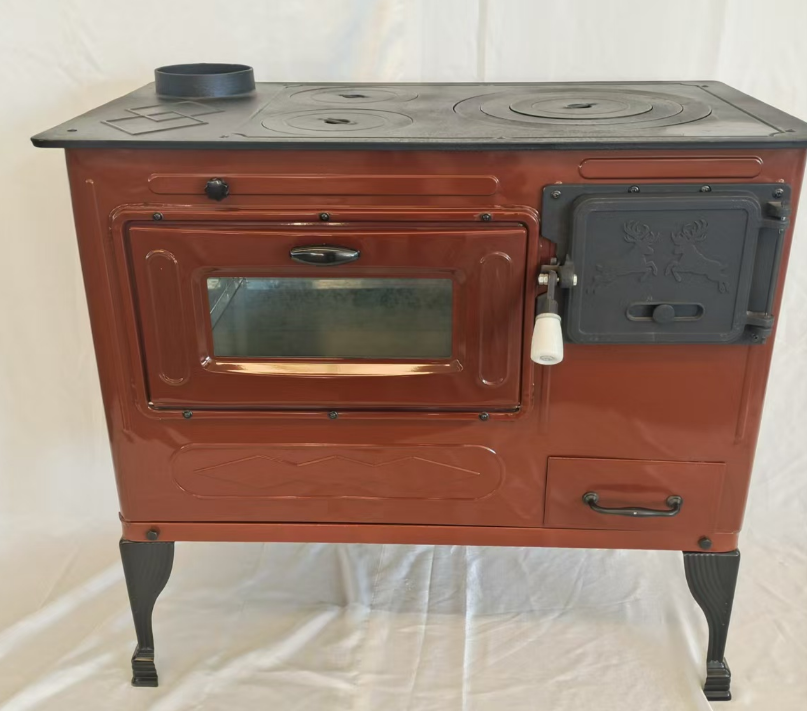 Cast Iron Cooking Stove Heat Retention Ensures Even Food HeatingNov-10-2025Cast Iron Cooking Stove Heat Retention Ensures Even Food Heating
Cast Iron Cooking Stove Heat Retention Ensures Even Food HeatingNov-10-2025Cast Iron Cooking Stove Heat Retention Ensures Even Food Heating -
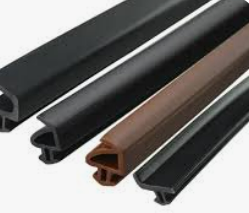 Rubber Strip Shock Absorption Protects Window EdgesNov-10-2025Rubber Strip Shock Absorption Protects Window Edges
Rubber Strip Shock Absorption Protects Window EdgesNov-10-2025Rubber Strip Shock Absorption Protects Window Edges












